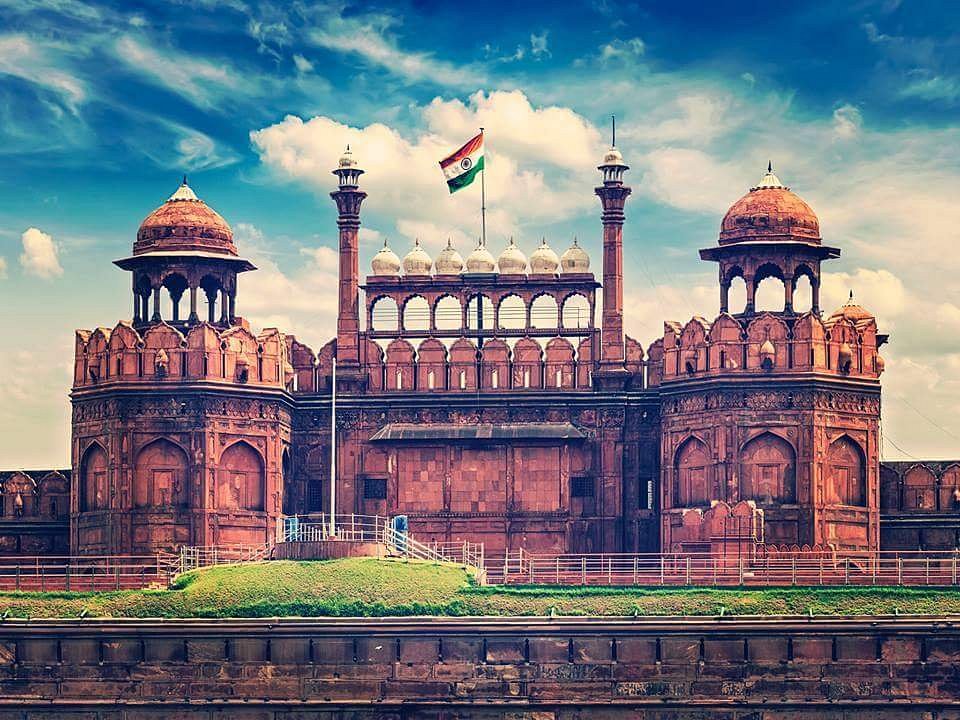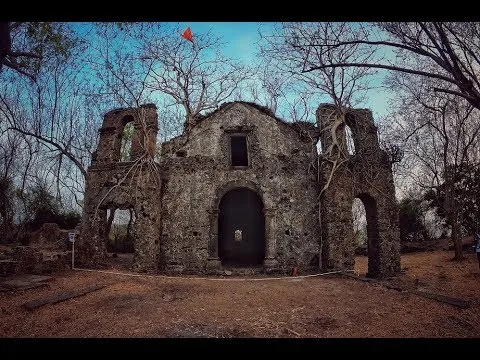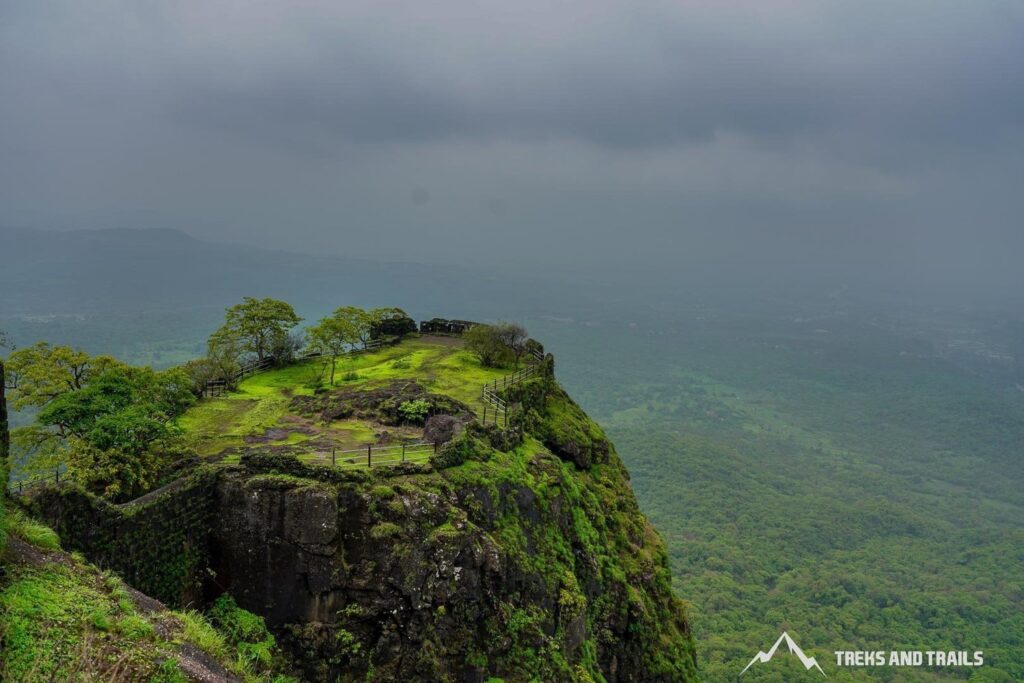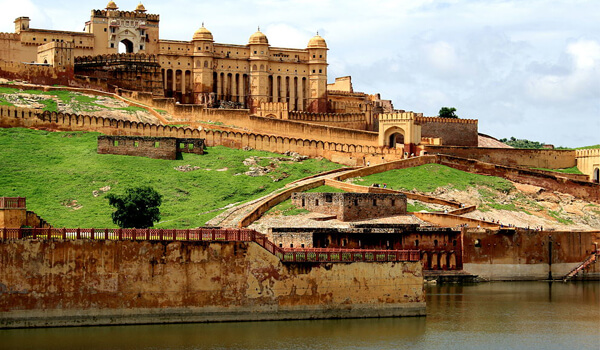The Red Fort, known as Lal Qila in Hindi, stands as an iconic symbol of India’s rich history, architectural brilliance, and cultural heritage. Situated in the heart of Old Delhi, this magnificent fort has witnessed centuries of political upheavals, imperial grandeur, and historical events that have shaped the destiny of the Indian subcontinent. To delve into the history of the Red Fort is to unravel the intricate tapestry of Mughal rule, colonial conquests, and the struggle for independence that define India’s past.
Early History and Construction
The history of the Red Fort traces back to the reign of the Mughal Emperor Shah Jahan, who commissioned its construction in 1638. Shah Jahan, known for his passion for architecture and grandeur, wanted to build a new capital for the Mughal Empire that would reflect the opulence and power of his reign.
The site chosen for the fort was strategically located along the banks of the Yamuna River, providing natural defenses and proximity to important trade routes. The construction of the fort took around nine years, with thousands of skilled artisans, craftsmen, and laborers working tirelessly to bring Shah Jahan’s vision to life.
Architectural Marvels of the Red Fort
The Red Fort is renowned for its impressive architectural features, combining Persian, Timurid, and Indian architectural styles in a harmonious blend. The fort’s massive red sandstone walls, reaching heights of up to 33 meters, give it a formidable appearance and earned it the name “Red Fort.”
The fort is a sprawling complex covering over 250 acres, surrounded by a moat and accessed through imposing gates such as the Lahore Gate (facing west) and the Delhi Gate (facing south). Beyond the gates lies a series of pavilions, halls, gardens, and residential quarters that once buzzed with imperial activities and courtly affairs.
Notable structures within the Red Fort include:
- Diwan-i-Aam (Hall of Public Audience): This grand hall was where the emperor held public audiences and listened to the grievances of commoners. Its elevated throne platform, intricately decorated arches, and marble canopy showcase Mughal architectural finesse.
- Diwan-i-Khas (Hall of Private Audience): Reserved for private meetings and discussions, this hall features a stunning white marble throne platform (takht-i-murassa) where the emperor received important dignitaries and nobles. The hall’s Persian inscriptions and floral motifs add to its beauty.
- Rang Mahal (Palace of Colors): This opulent palace was the residence of the empress and the imperial harem. Its name is derived from the vibrant colors used in its decorations, including exquisite floral patterns, mirrors, and frescoes.
- Khas Mahal (Private Palace): Situated between the Diwan-i-Khas and Rang Mahal, the Khas Mahal served as the emperor’s private residence. It comprises elegant marble structures, ornate balconies, and a central marble pool that once reflected the moonlight during nights of celebration.
- Mumtaz Mahal: Named after Shah Jahan’s beloved wife Mumtaz Mahal, this pavilion overlooks the Yamuna River and offers panoramic views of the fort complex. Its delicate marble screens (jalis) and floral motifs exemplify Mughal craftsmanship.
Mughal Splendor and Cultural Legacy
During the height of Mughal power, the Red Fort served not just as a political and administrative center but also as a symbol of imperial splendor and cultural patronage. Emperors adorned themselves with jewels, held lavish court ceremonies, and promoted art, music, and literature within the fort’s walls.
The Mughal emperors, particularly under Shah Jahan and Aurangzeb’s reigns, were great patrons of architecture and the arts. The Red Fort witnessed the contributions of renowned artists, architects, and poets of the time, leaving behind a legacy of exquisite craftsmanship and cultural refinement.
Decline and British Occupation
The zenith of Mughal power gradually waned in the 18th century due to internal strife, external invasions, and economic challenges. The decline of the empire also marked a period of neglect and decay for many Mughal monuments, including the Red Fort.
By the mid-19th century, the British East India Company had consolidated its control over India, and Delhi came under British rule after the 1857 uprising. The Red Fort, once a symbol of Mughal sovereignty, now became a symbol of British authority as they adapted parts of the complex for their administrative purposes.
Independence Movement and Red Fort Speeches
The Red Fort gained renewed significance during India’s struggle for independence in the 20th century. It was at the Red Fort that several key events unfolded, leaving an indelible mark on India’s journey towards freedom.
One of the most iconic moments in Indian history took place on August 15, 1947, when India finally gained independence from British rule. Jawaharlal Nehru, India’s first Prime Minister, delivered his historic “Tryst with Destiny” speech from the ramparts of the Red Fort, marking the dawn of a new era for the nation.
Subsequently, the Red Fort became the venue for India’s Independence Day celebrations, with the Prime Minister hoisting the national flag and addressing the nation from this historic site every year on August 15.
UNESCO World Heritage Site and Restoration Efforts
Recognizing its immense historical and cultural significance, the Red Fort was designated as a UNESCO World Heritage Site in 2007. This international recognition underscored the fort’s global importance as a cultural treasure that must be preserved for future generations.
Efforts to conserve and restore the Red Fort have been ongoing, with initiatives aimed at preserving its architectural integrity, addressing structural issues, and enhancing visitor experiences through exhibitions and cultural events held within the fort complex.
Tourism and Cultural Significance Today
Today, the Red Fort stands as a premier tourist destination, drawing millions of visitors from around the world to marvel at its majestic architecture, stroll through its manicured gardens, and immerse themselves in India’s rich historical legacy. The fort complex also houses museums, showcasing artifacts, paintings, and relics from the Mughal era, offering visitors a glimpse into the glorious past of India’s imperial heritage.
In conclusion, the Red Fort in Delhi is not just a historical monument but a living testament to India’s enduring spirit, cultural diversity, and architectural brilliance. Its walls echo with centuries of imperial grandeur, political transformations, and the aspirations of a nation striving for freedom and progress. As visitors explore its majestic halls, intricate pavilions, and expansive courtyards, they embark on a journey through time, unraveling the captivating saga of India’s rich and vibrant history.






